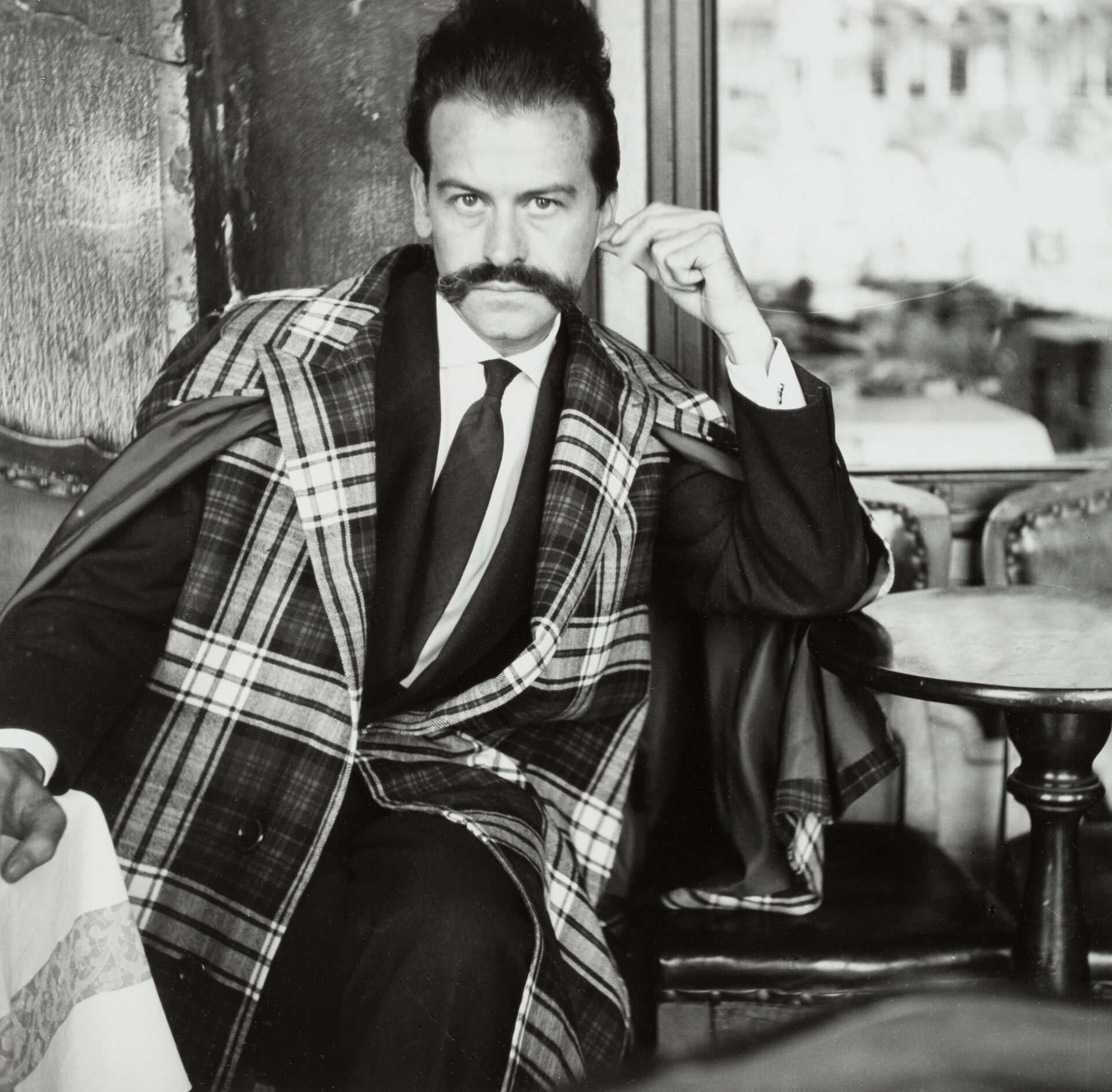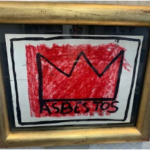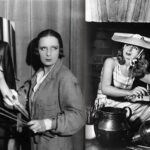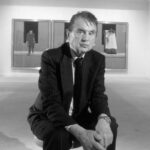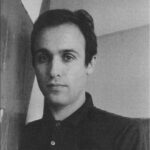Description
Georges Mathieu is the father of Lyrical Abstraction, of which Abstract Expressionism is the transatlantic counterpart. Wandering the world in the 1950s in order to publicly paint enormous paintings in front of thousands of people, Mathieu was at that time one of the most fashionable and commented-on European artists, notably in the United States and Japan. For instance, Clement Greenberg, the most influential art critic of the post-war period, considered Mathieu “the strongest” of European painters and the one whom he admired the most. Georges Mathieu can be considered the pioneer of happenings and public performances, well before the 1960s, the first proponent of risk and speed in painting, and the inventor of a new abstract and intuitive calligraphy. In addition to painting, Mathieu organized in the late 1940s and early 1950s historically important exhibitions, served as chief editor of a bilingual review (United States Lines) and contributed his perspectives as an art critic. Later, in the 1960s and 1970s, when he was recognized as the major artist in France, he opened up the way for the applied arts by creating or decorating numerous types of objects.

